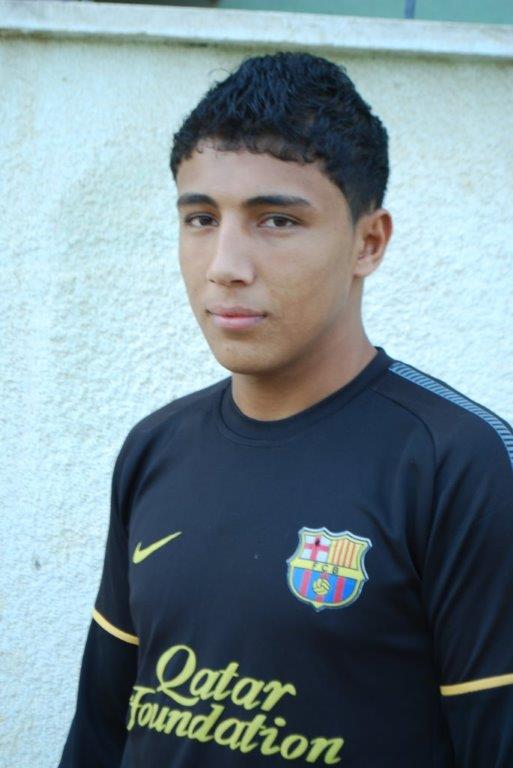Year: 2013
-
Photos: Gaza families and supporters rally for Palestinians detained by Israel
19th November 2013 | International Solidarity Movement, Gaza Team | Gaza, Occupied Palestine On Monday morning, families and supporters of Palestinian detainees held a weekly sit-in in the courtyard of the International Committee of the Red Cross’ Gaza office. The regular event, launched by two detainees’ mothers in 1995, demands the freedom of Palestinian prisoners…
-
Morning settler attack triggers clash with serious injuries in Qusra
18th November 2013 | International Solidarity Movement, Nablus Team | Qusra, Occupied Palestine Early yesterday morning, a Palestinian family was attacked by approximately 20 settlers on their fields in Qusra village, southeast of Nablus. 30 olive trees were also destroyed. Following this incident, a clash broke out between Israeli forces and Palestinian youth in the…
-
Gaza boy remembers Israeli drone strike that maimed him and killed his cousin
18th November 2013 | International Solidarity Movement, Charlie Andreasson | Gaza, Occupied Palestine An hour before dusk, an armed drones flies low over the rooftops, taking its time, seeking. A few miles away, someone sits, perhaps a young man, perhaps a woman, in front of a screen, secure in a command center. Soon this faceless person…



